| This video has no sound.

Each pane is first mapped out on a storyboard and then sent to Photoshop, where reference images are collaged together to recreate scenes in greater detail.

Technical artists convert the collages into line art, defining where lead borders will separate the pieces of glass.

Glass pickers and cutters find the ideal texture, form, and shape of glass for each piece.

The glass is cut by hand or a water jet machine before it is transferred to the glass painters.

Artists hand paint the glass pieces with a mixture of powdered glass and liquids like clove oil, water, and vinegar).
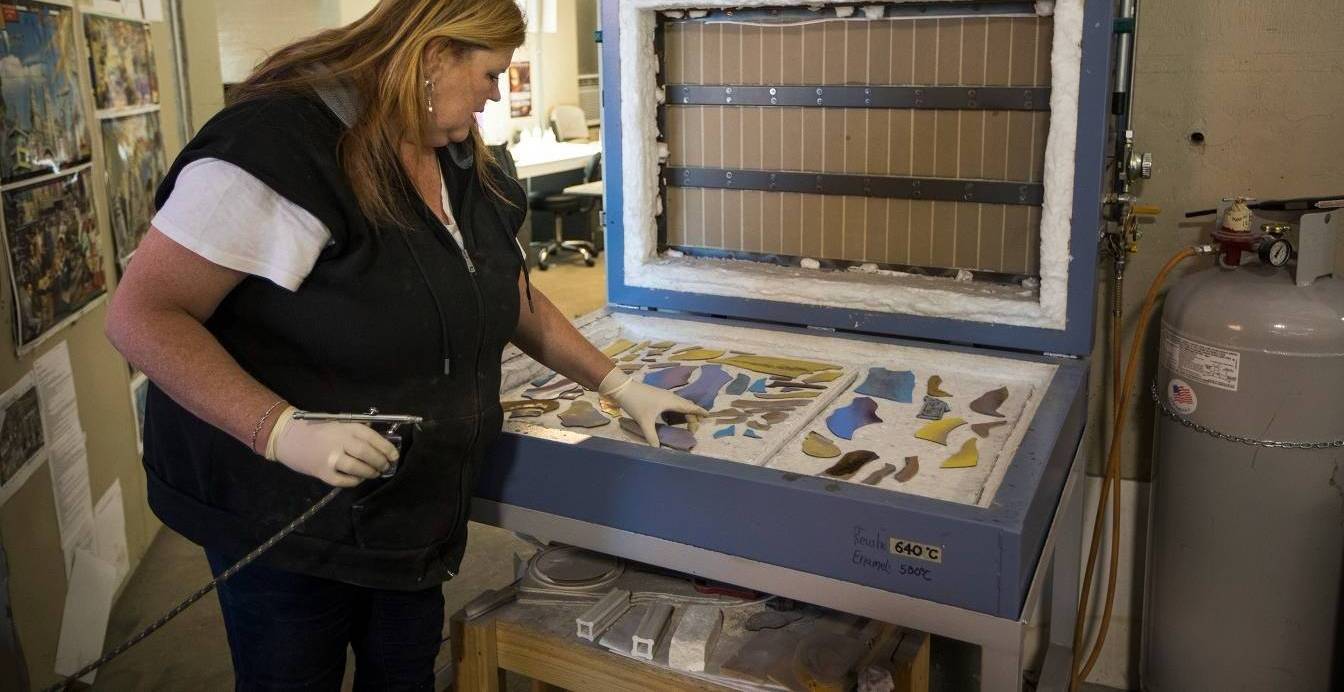
Painted pieces of glass are fired in a kiln to permanently seal the paint to each piece.

Assemblers solder and cement the lead lines, add a patina finish, and reinforce the glass with steel.

Finally, the windows are prepped, insulated with tempered glass, and ready for installation.
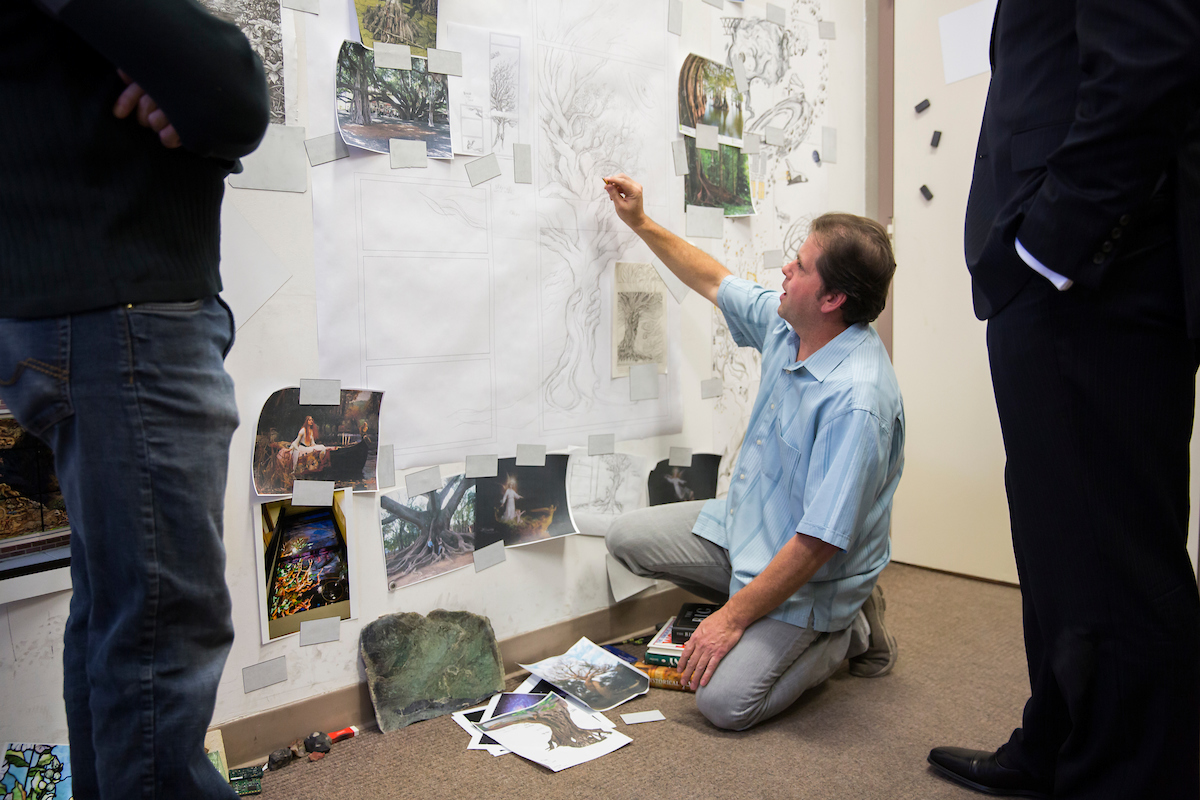
Through Roots of Knowledge, Holdman Studios sought to narrate the saga of humanity, depicting innumerable accomplishments that benefited the world. The artists specifically chose the people, places, edifices, inventions, artworks, books, and even flora and fauna, illustrating the flow of history and the pursuit of knowledge through the ages. Artists aimed to incorporate every field and discipline of learning, with representations from all corners of the globe, including engineering, exploration, mathematics, chemistry, biology, astronomy, philosophy, theology, statecraft, music, literature, visual arts, and more.
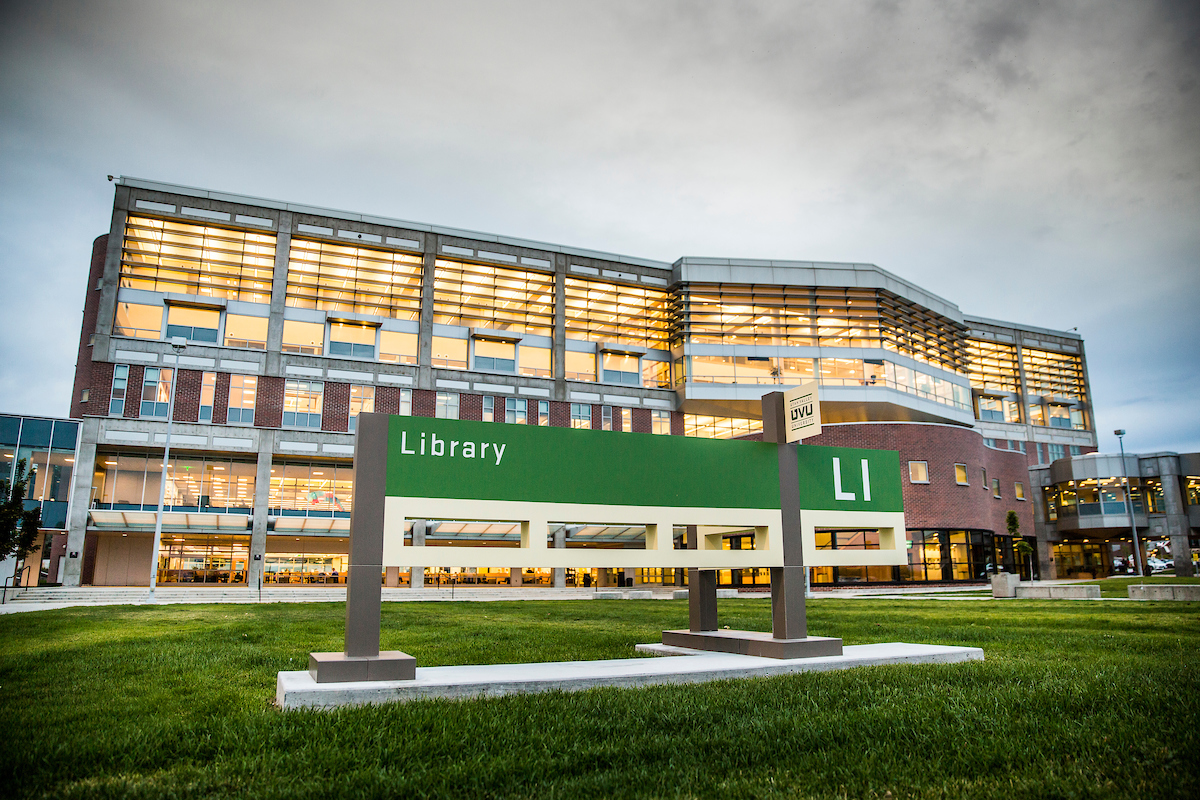
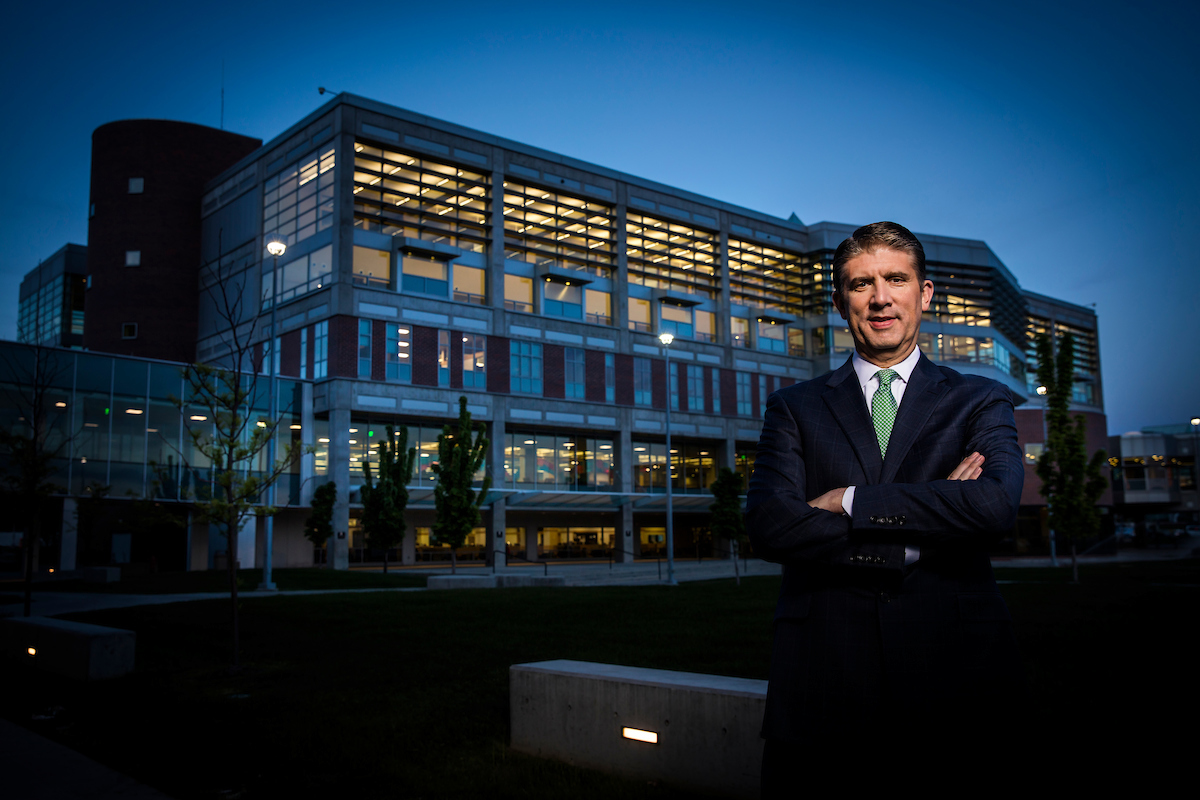
The Utah State Board of Regents selected Dr. Matthew S. Holland as the sixth president of Utah Valley University (UVU). Dr. Holland began his new responsibilities in 2009.
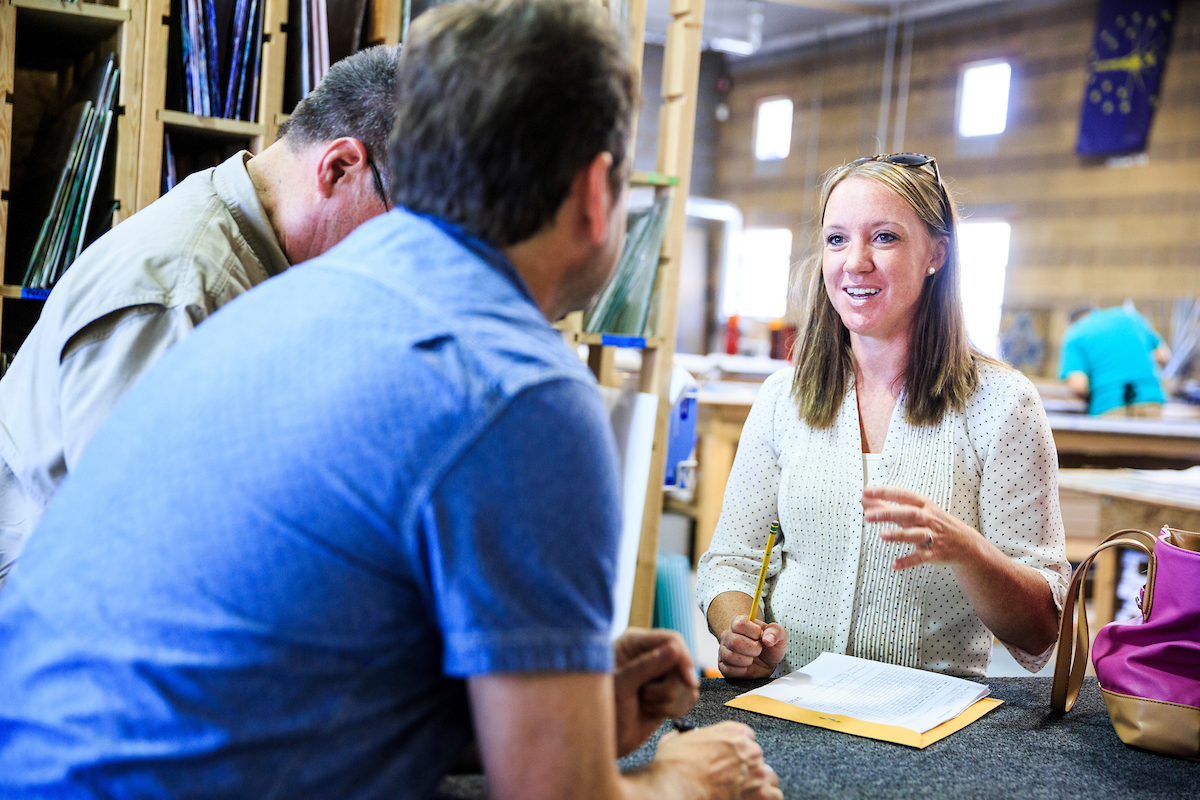
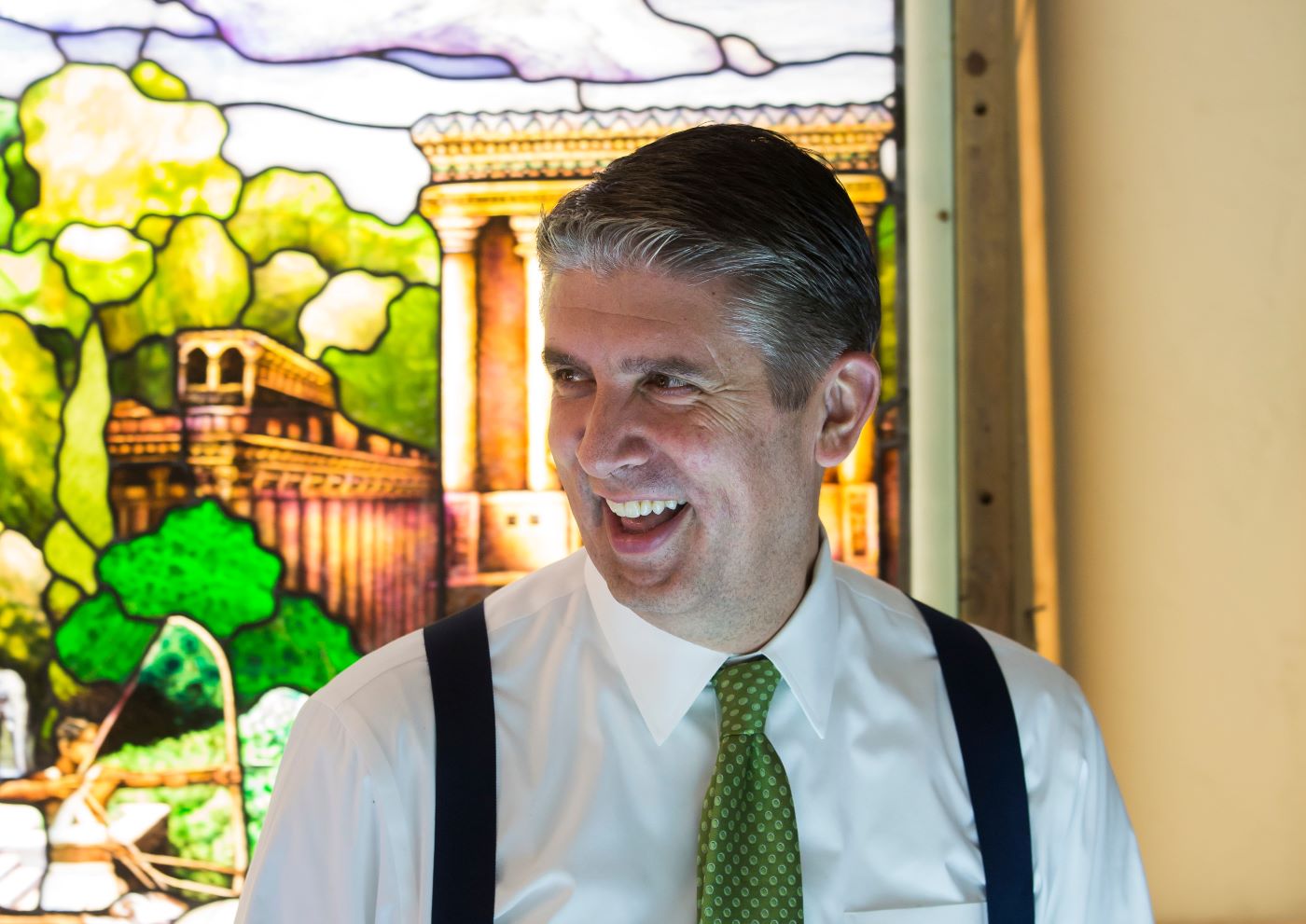
Production of Roots of Knowledge officially commenced in 2012. Under the administration of President Matthew Holland, UVU faculty and staff collaborated with Holdman Studios to locate an on-campus venue for this unprecedented undertaking. As Holdman Studios prepared the windows, UVU renovated a spacious lounge in the library to accommodate the windows. Generous donors—Marc and Deborah Bingham, Ira Fulton, Barbara Barrington Jones, John and Karen Gardner, and many others—funded the production and promotion of Roots of Knowledge. The designers, painters, craftsmen, and staff of Holdman Studios dedicated countless hours to complete the magnum opus.
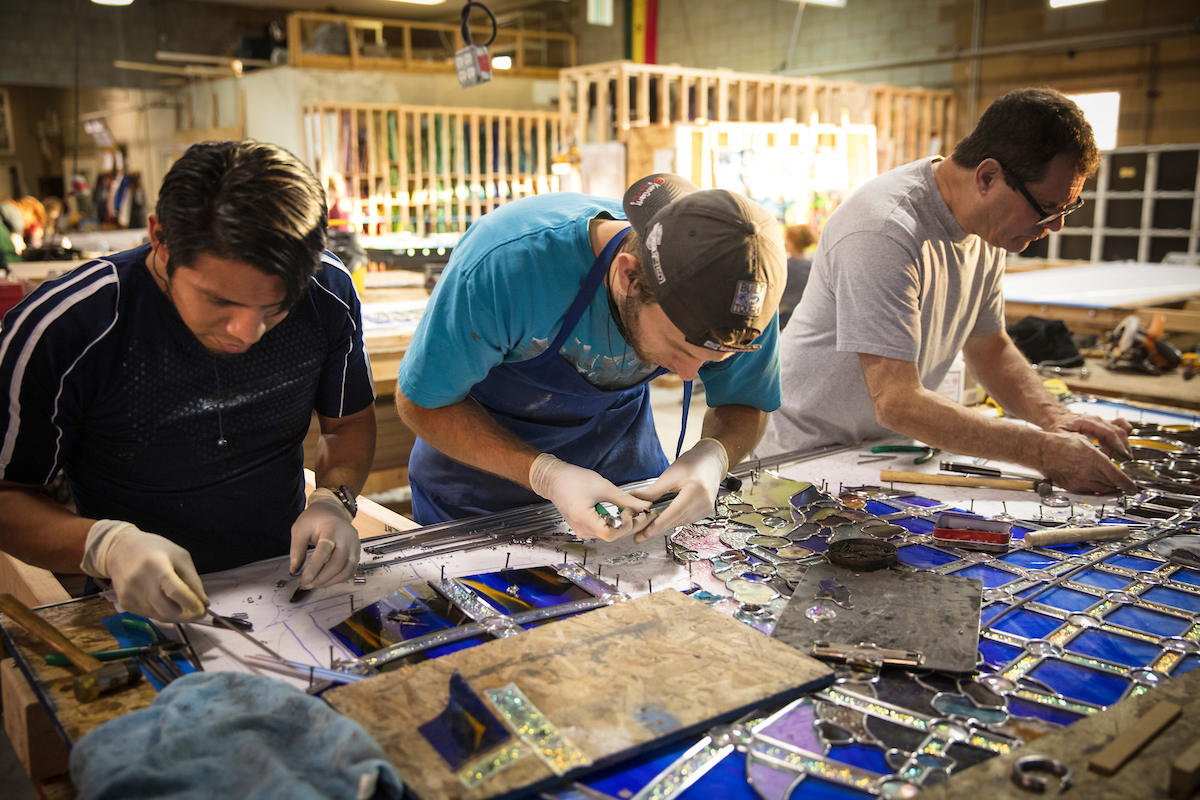
During development, Holdman Studios consulted UVU faculty for feedback on the artists’ progress and insights into content for the windows. Authenticity, along with respect for the past and foreign cultures, was crucial in the windows’ conception. Artists inscribed text in authors’ original languages (e.g., a quotation by Cicero is in Latin) and often designed structures to resemble their early conditions (e.g., the Statue of Liberty is a tawny color, which was its original hue). Using portraits and photos for reference, artists painted significant figures from history as accurately as possible, including Marco Polo, Marie Curie, Mahatma Gandhi, Pablo Neruda, and many more. However, other figures in Roots of Knowledge characterized ordinary people who also turned the wheels of progress; some were modeled after contributors to the production: studio employees, university professors, and donors.
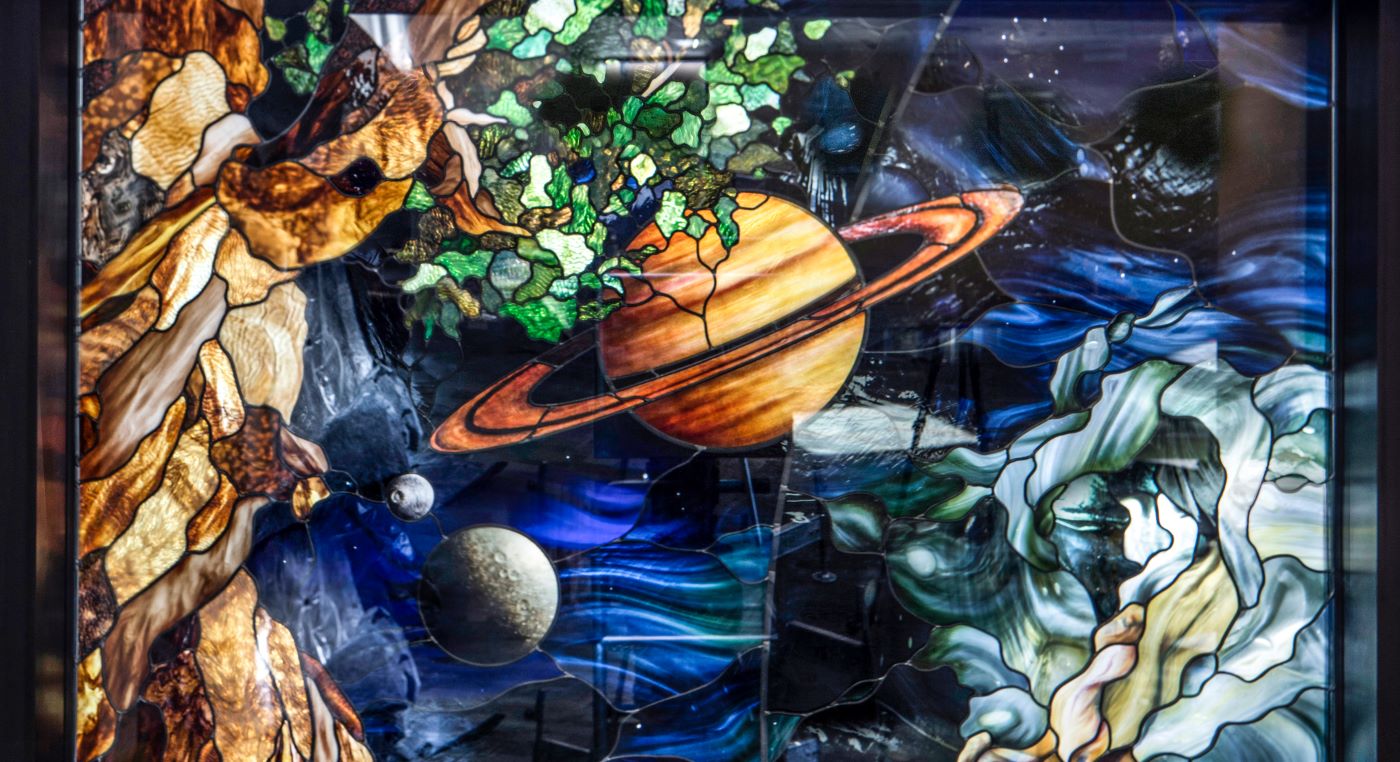
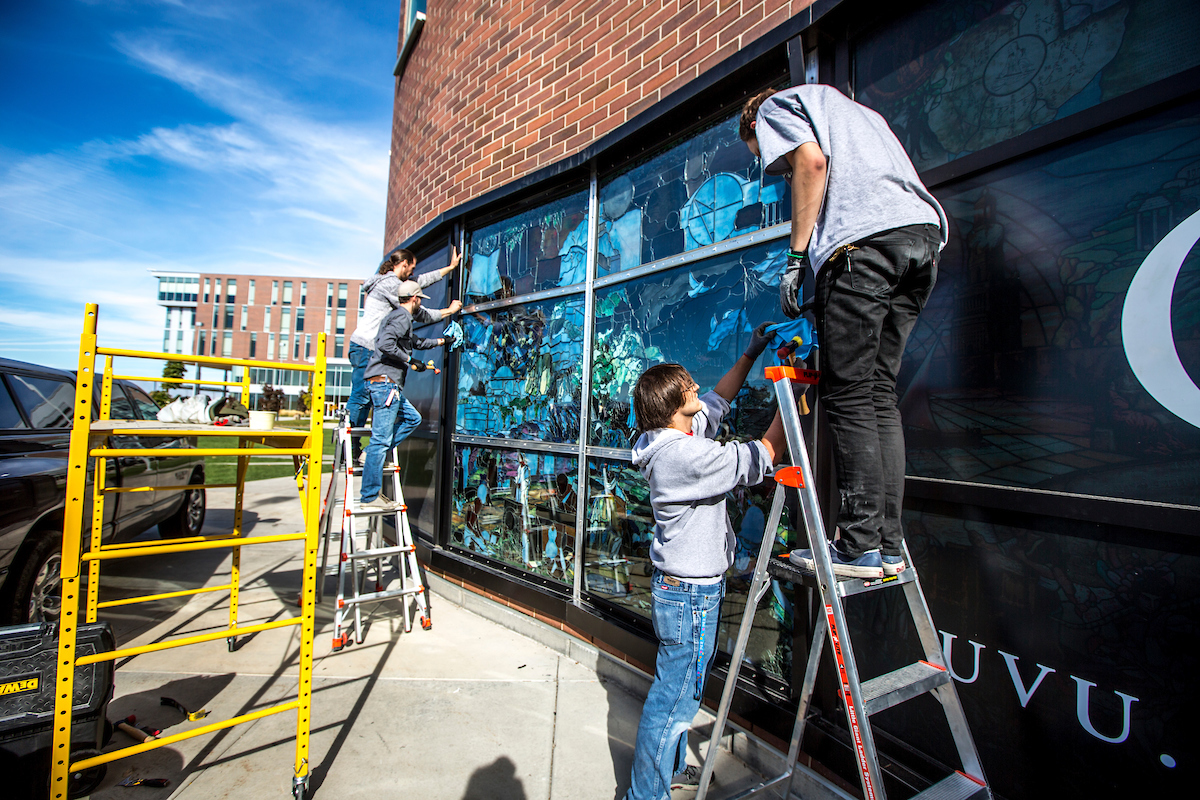
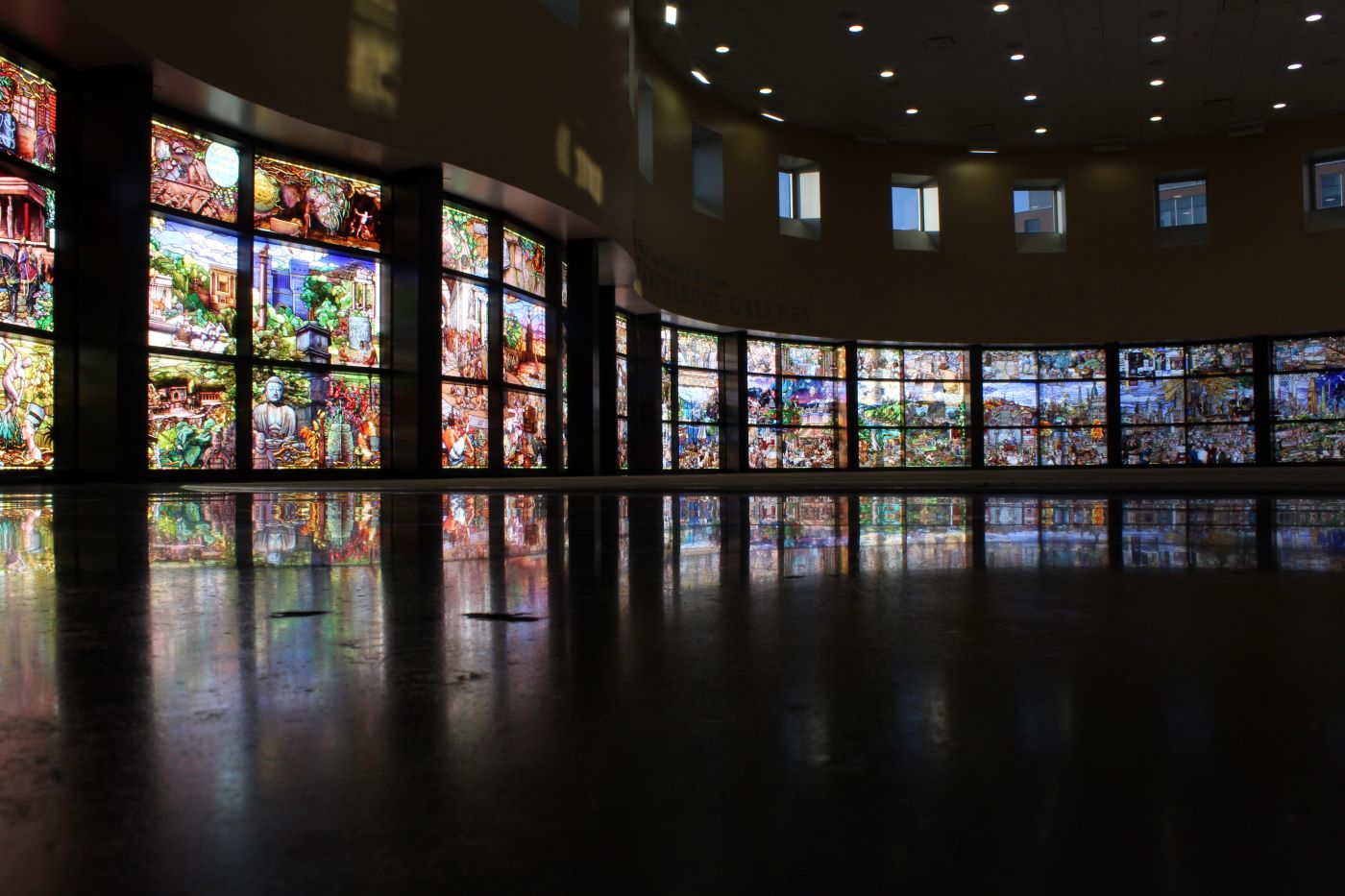
Prior to the Roots of Knowledge unveiling, a few windows were shipped across the country to the General Society of Mechanics and Tradesmen in New York, where they were put on public display in October 2016. Experts at Oxford University and the Glaziers Hall in London, England, received another selection of windows. The windows then returned to UVU for permanent installation, just in time for the first public presentation on November 18, 2016.
Immediately after Roots of Knowledge was installed, work commenced to catalog the windows’ myriad content for the purpose of educating future visitors. Documentation was no small task, as nearly every window contained at least a dozen images deserving narrative and exposition
After opening to the public, Roots of Knowledge established itself as a hallmark of Utah Valley University. With its luminous stained-glass windows, the Bingham Gallery has proven one of the most popular venues on campus.